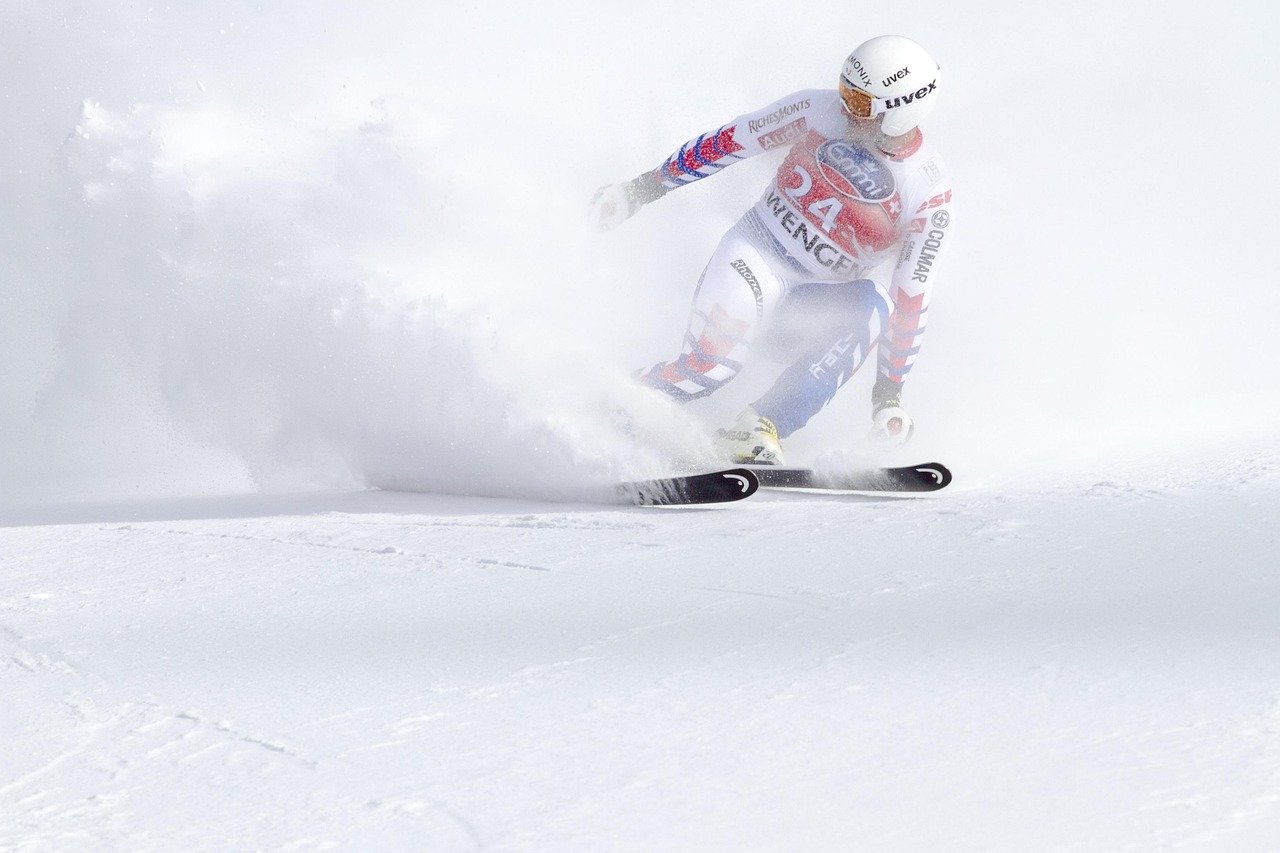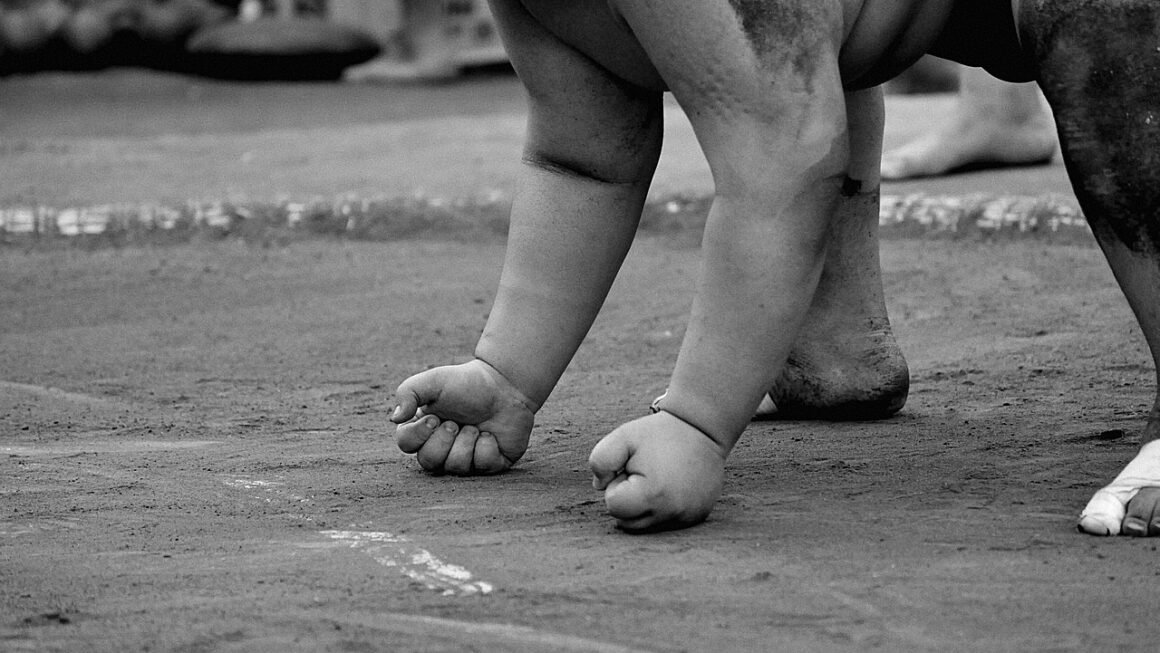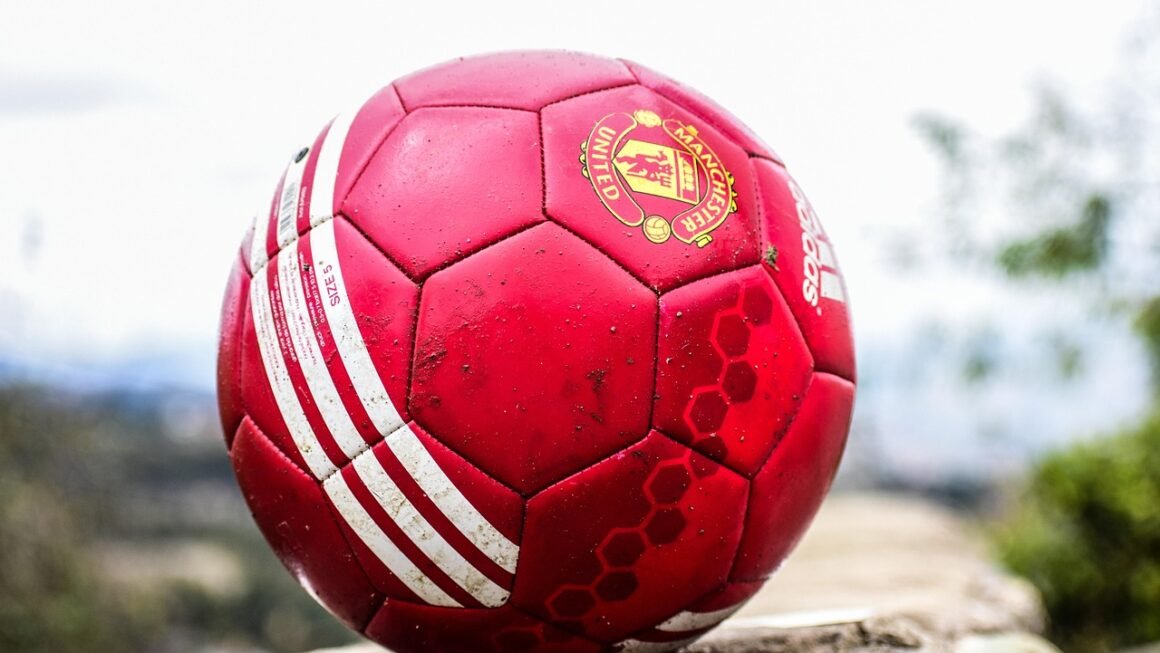Cheerleading: It’s more than just pom-poms and sideline chants; it’s a demanding sport requiring athleticism, dedication, and teamwork. From precision stunting to high-energy routines, cheerleaders captivate audiences and energize sports teams. But what exactly does cheerleading encompass, and why has it evolved into the dynamic activity we see today? Let’s delve into the exciting world of cheerleading!
The Evolution of Cheerleading
From Sideline Support to Competitive Sport
Cheerleading began as a male-dominated activity focused on boosting morale at football games. In the late 19th century, organized cheering emerged in universities. Over time, it transitioned into a more athletic and performance-based activity, eventually becoming the co-ed and, later, predominantly female sport we recognize today. Key milestones include:
- The introduction of gymnastics and tumbling elements.
- The rise of complex stunts and pyramids.
- The establishment of competitive cheerleading organizations.
- The increasing emphasis on dance and choreography.
Today, cheerleading continues to evolve, pushing the boundaries of athleticism and creativity.
Cheerleading Organizations and Governing Bodies
Several organizations govern cheerleading at different levels. Understanding these bodies is crucial for coaches, athletes, and parents involved in the sport. Some prominent organizations include:
- USA Cheer: A non-profit organization that serves as the national governing body for cheerleading in the United States. They focus on safety, education, and promoting the positive image of cheerleading.
- National Federation of State High School Associations (NFHS): Sets rules and guidelines for high school cheerleading programs across the country.
- International Cheer Union (ICU): The world governing body for cheerleading, recognized by SportAccord as the international federation for cheerleading. They organize the Cheerleading World Championships.
These organizations play a vital role in standardizing rules, promoting safety, and fostering the growth of cheerleading worldwide.
The Core Elements of Cheerleading
Stunting: The Art of Precision and Trust
Stunting is a core element of modern cheerleading, involving lifting, holding, and maneuvering teammates in the air. It requires incredible strength, balance, and coordination, as well as unwavering trust among team members. Common stunting positions include:
- Bases: Provide the primary support for the flyer. They must be strong and stable.
- Flyers: The athletes who are lifted into the air. They require flexibility, balance, and body control.
- Spotters: Ensure the safety of the flyer by watching for any signs of imbalance or potential falls.
A successful stunt requires meticulous training, precise timing, and constant communication. For example, a Liberty stunt (one leg extension) requires the base to lock out their arms, the flyer to maintain a tight core and straight leg, and the spotters to be actively engaged.
Tumbling: Adding Dynamic Energy
Tumbling involves performing gymnastic skills on the floor, adding excitement and visual appeal to routines. Cheerleading tumbling skills range from basic cartwheels and round-offs to advanced back handsprings and tucks. Tumbling skills are often categorized as:
- Standing Tumbling: Skills performed from a stationary position, such as standing back handsprings or tucks.
- Running Tumbling: Skills performed with a running start, allowing for more momentum and power. Think round-off back handsprings or layouts.
Tumbling enhances the overall performance by showcasing athleticism and adding difficulty. Coaches often incorporate tumbling passes strategically to maximize the routine’s impact.
Jumps: Height, Precision, and Synchronization
Jumps are an integral part of cheerleading, demonstrating agility, coordination, and explosive power. Common cheerleading jumps include:
- Toe Touch: Requires flexibility and the ability to touch the toes with straight legs in a straddle position.
- Hurdler: Involves extending one leg forward and bending the other back, mimicking a hurdling motion.
- Pike: Requires bringing both legs straight out in front of the body at a 90-degree angle.
Perfecting jumps requires consistent practice and attention to technique. The height, form, and synchronization of jumps can significantly impact a team’s overall score.
Dance and Choreography: Telling a Story Through Movement
Dance and choreography play a crucial role in creating visually captivating and engaging routines. Cheerleading dance styles often incorporate elements of jazz, hip-hop, and contemporary dance. Key aspects include:
- Synchronization: Ensuring that all team members perform the movements together with precision and uniformity.
- Transitions: Smoothly connecting different sections of the routine to maintain flow and momentum.
- Musicality: Matching the choreography to the music to enhance the overall impact.
A well-choreographed routine tells a story, evokes emotion, and captivates the audience. For example, a routine might start with high-energy hip-hop moves, transition into a graceful jazz section, and culminate in a powerful stunt sequence.
The Physical and Mental Benefits of Cheerleading
Physical Fitness and Athleticism
Cheerleading is a demanding physical activity that offers numerous health benefits. Regular participation can improve:
- Strength and Endurance: Stunting, tumbling, and jumping all require significant strength and endurance.
- Flexibility and Agility: Stretching and practicing complex movements enhance flexibility and agility.
- Cardiovascular Health: High-energy routines provide a great cardiovascular workout.
- Coordination and Balance: Performing synchronized movements and complex stunts improves coordination and balance.
A study published in the Journal of Strength and Conditioning Research found that cheerleading routines can burn as many calories as many other traditional sports.
Mental and Emotional Well-being
Beyond the physical benefits, cheerleading also offers significant mental and emotional advantages:
- Teamwork and Collaboration: Cheerleading is a team sport that requires trust, communication, and cooperation.
- Confidence and Self-Esteem: Mastering challenging skills and performing in front of audiences boosts confidence and self-esteem.
- Discipline and Time Management: Balancing practices, competitions, and academic responsibilities teaches discipline and time management skills.
- Stress Relief: Engaging in physical activity and working towards a common goal can help reduce stress and anxiety.
Cheerleading fosters a strong sense of community and belonging, providing athletes with a supportive environment where they can thrive.
Safety and Injury Prevention in Cheerleading
Common Injuries and Prevention Strategies
Like any sport, cheerleading carries a risk of injury. Common injuries include:
- Sprains and Strains: Ankle sprains, wrist strains, and back strains are common due to the high-impact nature of the sport.
- Concussions: Falls during stunting or tumbling can lead to concussions.
- Fractures: Bone fractures can occur from falls or collisions.
Preventing injuries requires a multi-faceted approach, including:
- Proper Training: Learning proper techniques for stunting, tumbling, and jumping from qualified coaches.
- Conditioning: Building strength, flexibility, and endurance to prepare the body for the demands of the sport.
- Warm-up and Cool-down: Preparing the muscles for activity and allowing them to recover afterwards.
- Spotting: Using trained spotters during stunting to minimize the risk of falls.
- Safe Surfaces: Practicing and competing on mats that provide adequate cushioning.
The Role of Coaches and Spotters
Coaches and spotters play a crucial role in ensuring the safety of cheerleaders. Their responsibilities include:
- Teaching Proper Techniques: Coaches must provide thorough instruction on proper techniques for all skills.
- Monitoring Athlete Fatigue: Coaches should be aware of signs of fatigue and adjust training accordingly.
- Enforcing Safety Rules: Coaches must enforce safety rules and regulations at all times.
- Providing Emergency Care: Coaches should be trained in first aid and CPR to provide immediate care in case of injury.
- Active Spotting: Spotters must be attentive and prepared to assist flyers during stunting.
By prioritizing safety, coaches and spotters can create a positive and injury-free environment for cheerleaders.
Getting Involved in Cheerleading
Finding a Cheerleading Program
If you’re interested in getting involved in cheerleading, there are several options available:
- School Cheerleading: Many schools offer cheerleading programs for students of all ages.
- All-Star Cheerleading: Private cheerleading gyms offer competitive programs for athletes of all levels.
- Recreational Cheerleading: Community centers and recreational leagues may offer cheerleading programs for beginners.
Research different programs in your area to find one that fits your interests and skill level. Consider factors such as the program’s reputation, coaching staff, and safety record.
What to Expect at Tryouts
Cheerleading tryouts typically involve demonstrating skills in the following areas:
- Jumps: Performing a variety of jumps, such as toe touches, hurdlers, and pikes.
- Tumbling: Demonstrating tumbling skills, such as cartwheels, round-offs, and back handsprings.
- Motions: Executing arm motions with precision and sharpness.
- Cheer: Performing a cheer with energy and enthusiasm.
- Dance: Learning and performing a short dance routine.
Preparing for tryouts involves practicing these skills regularly and developing a positive attitude. Remember to be confident, enthusiastic, and respectful to the coaches and other participants.
Conclusion
Cheerleading is a dynamic and multifaceted activity that demands athleticism, teamwork, and dedication. From its humble beginnings as a sideline activity to its current status as a competitive sport, cheerleading has evolved into a powerful force in the world of athletics. Whether you’re interested in stunting, tumbling, dancing, or simply cheering on your favorite team, cheerleading offers a wide range of opportunities for personal growth and achievement. By understanding the core elements of cheerleading, prioritizing safety, and embracing the values of teamwork and discipline, you can unlock the many benefits that this incredible sport has to offer. So, jump in, embrace the challenge, and experience the thrill of cheerleading!



